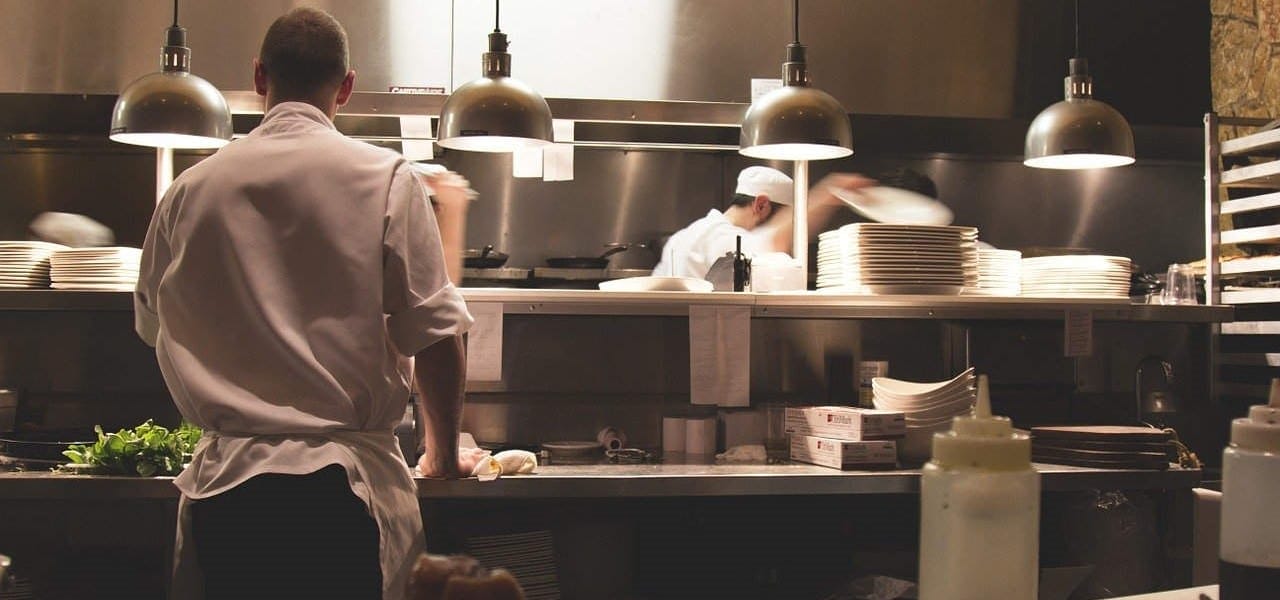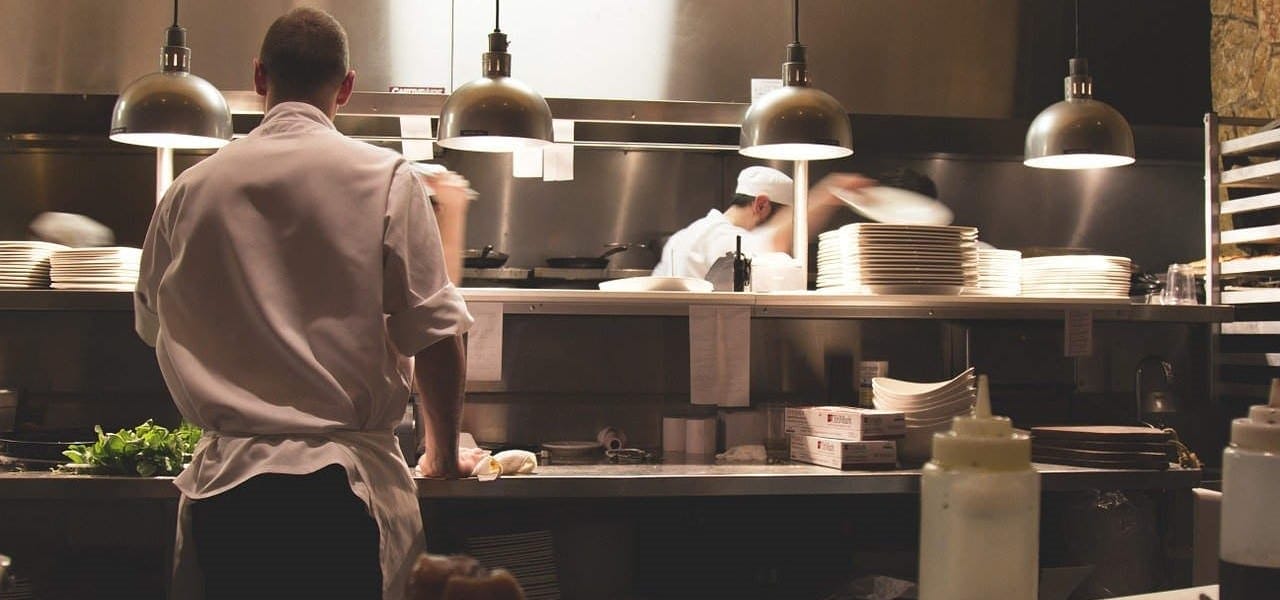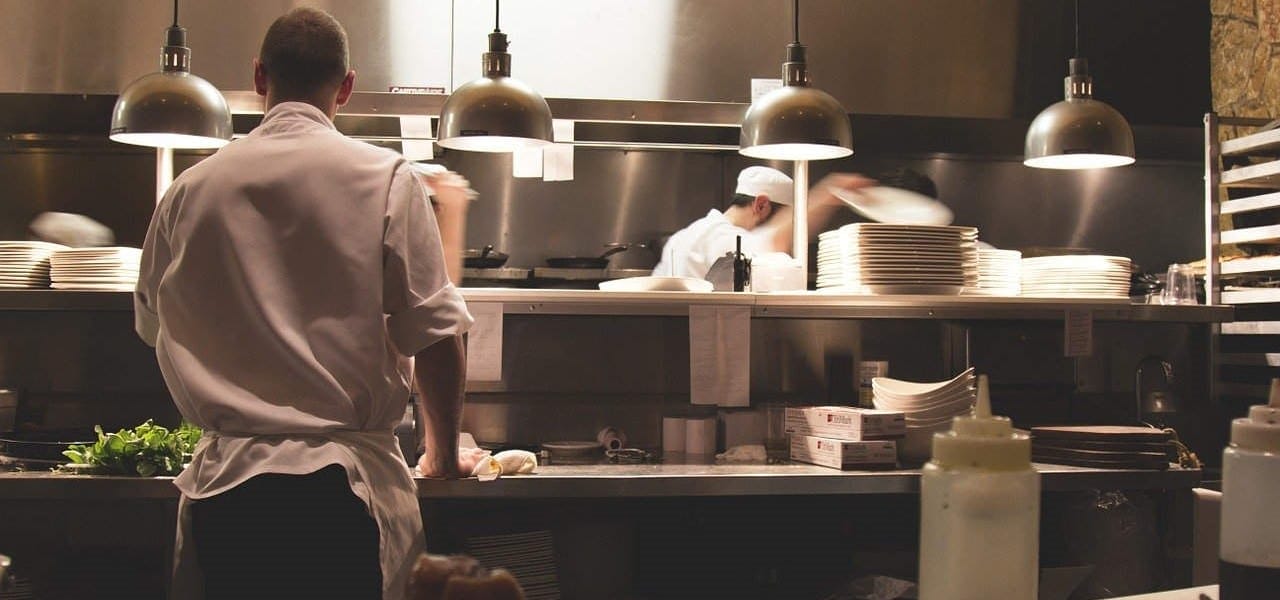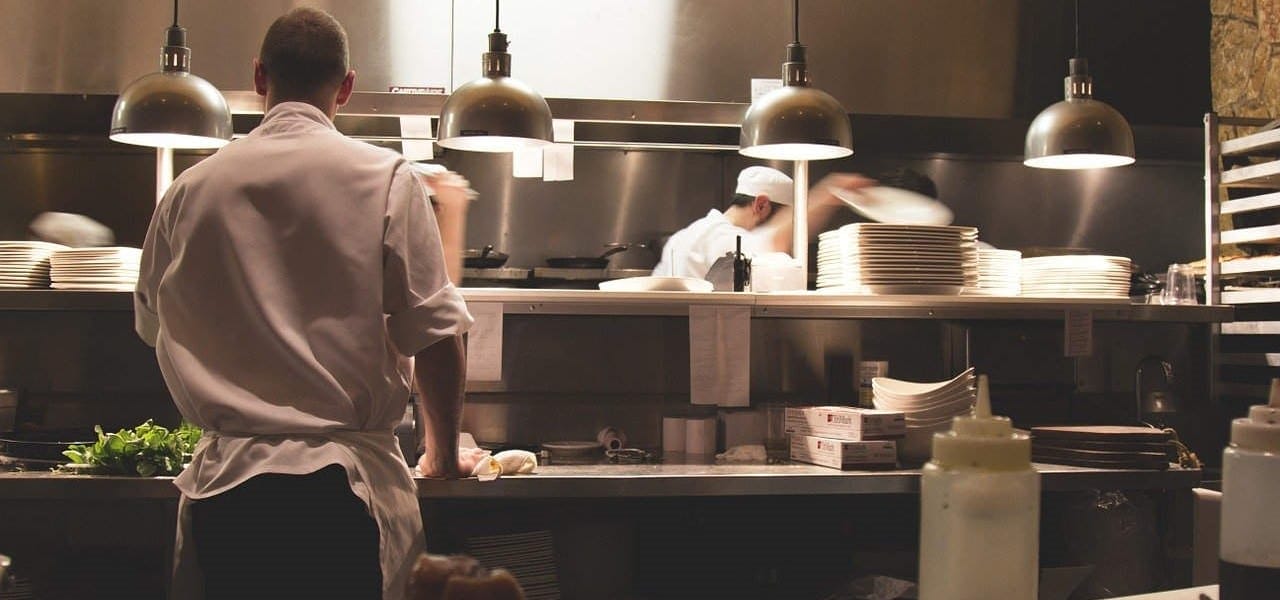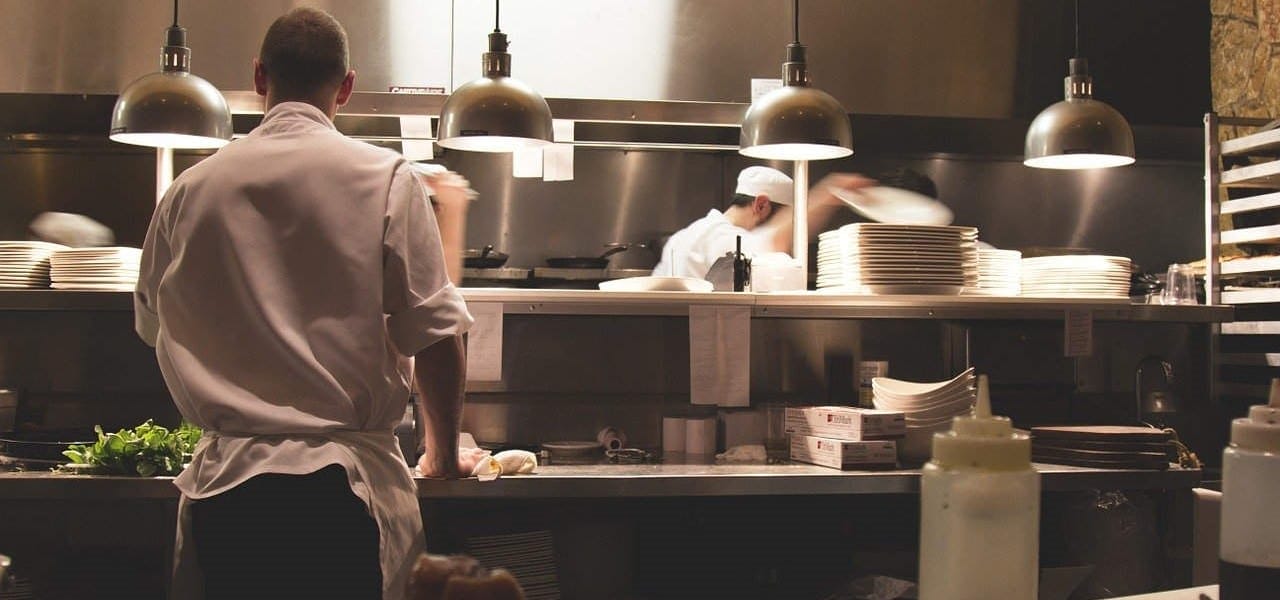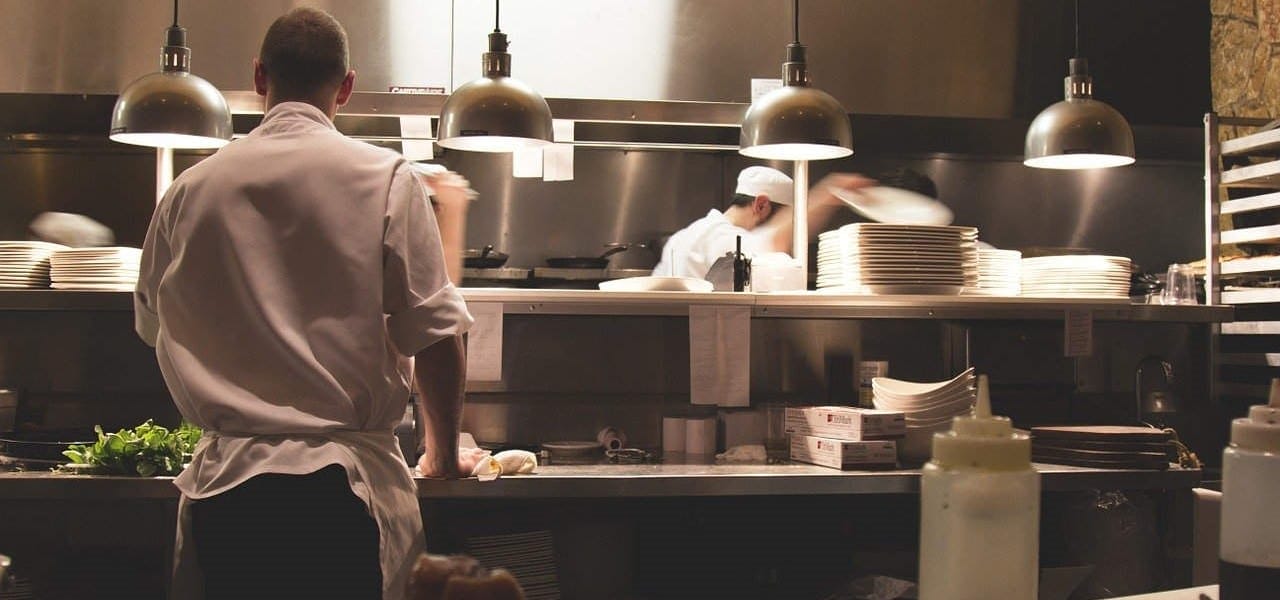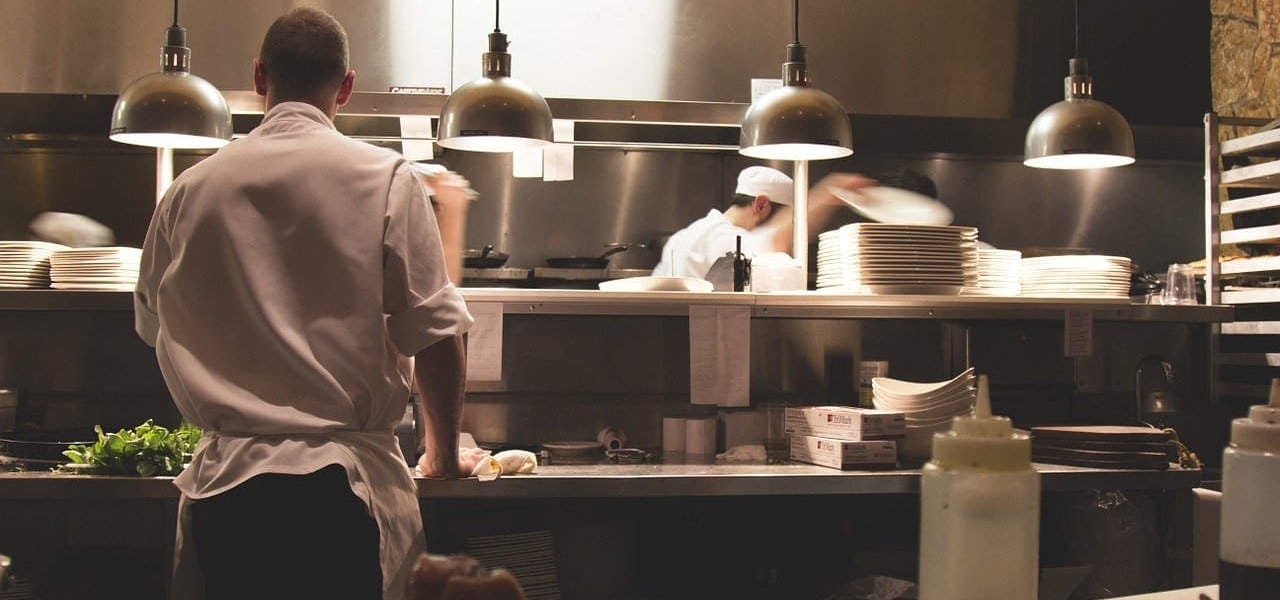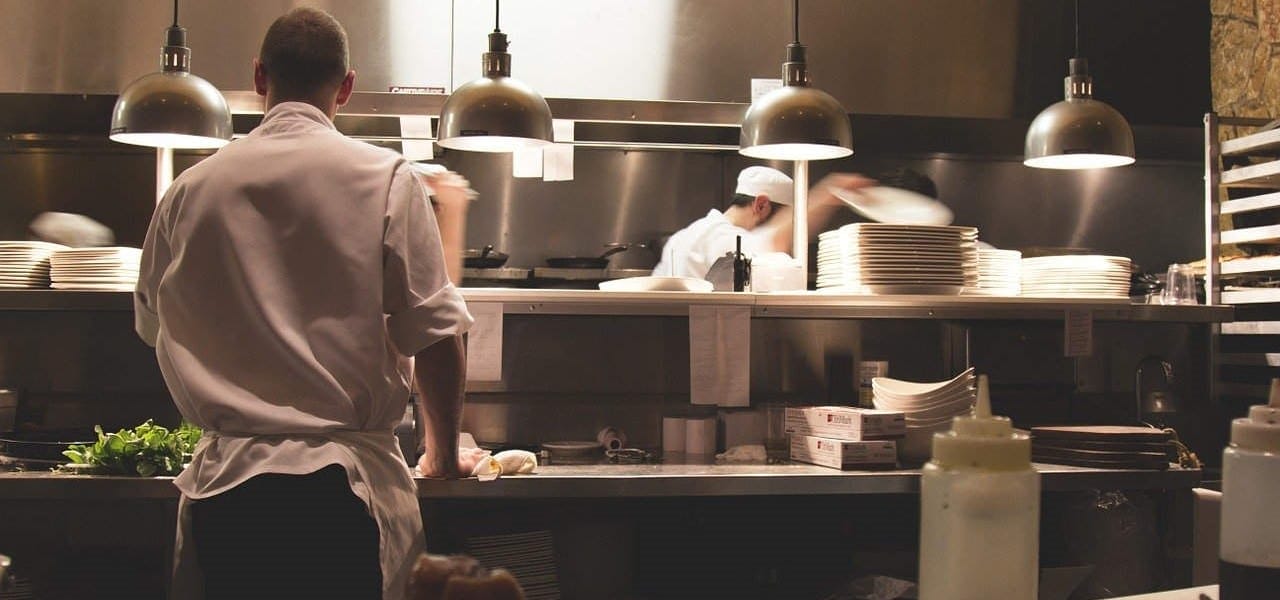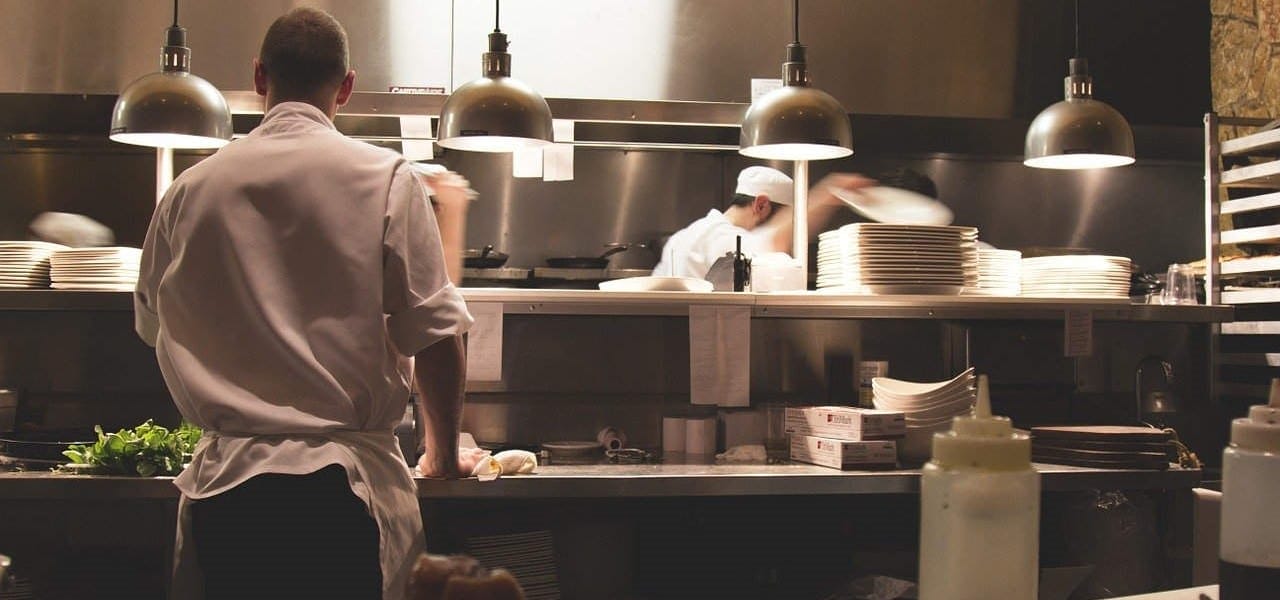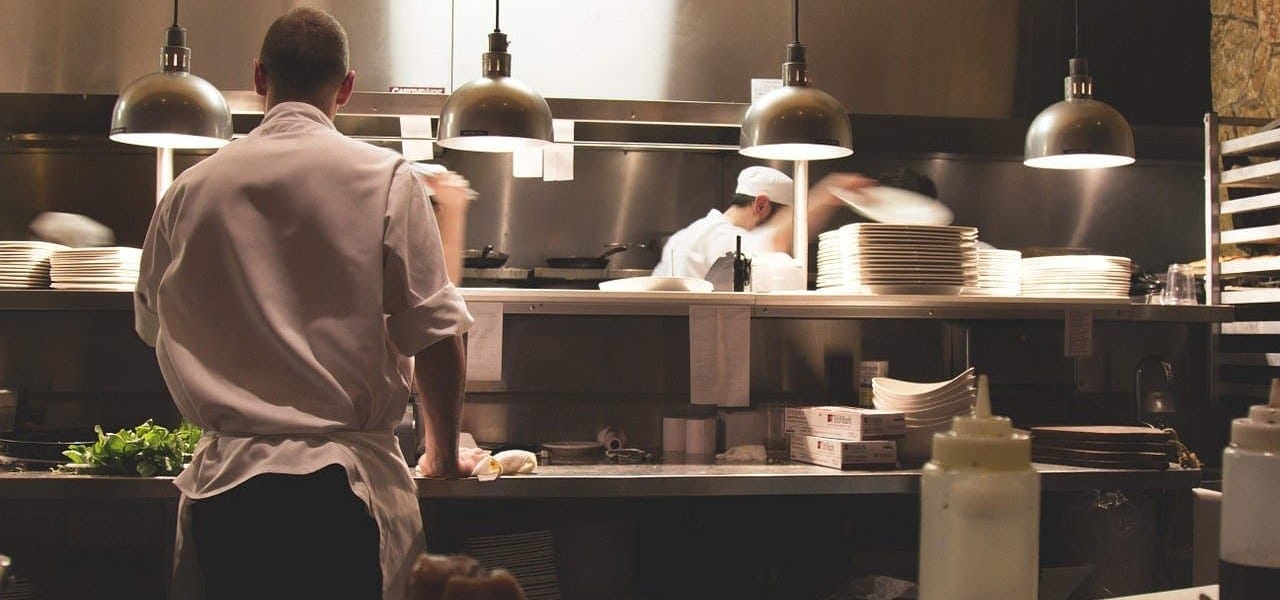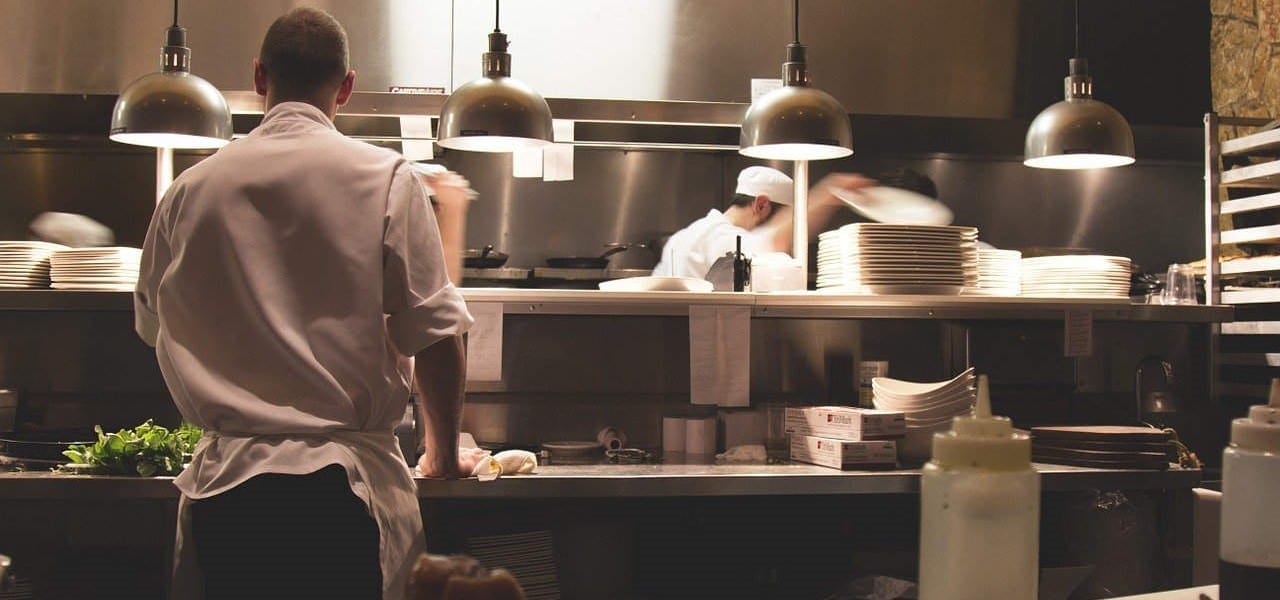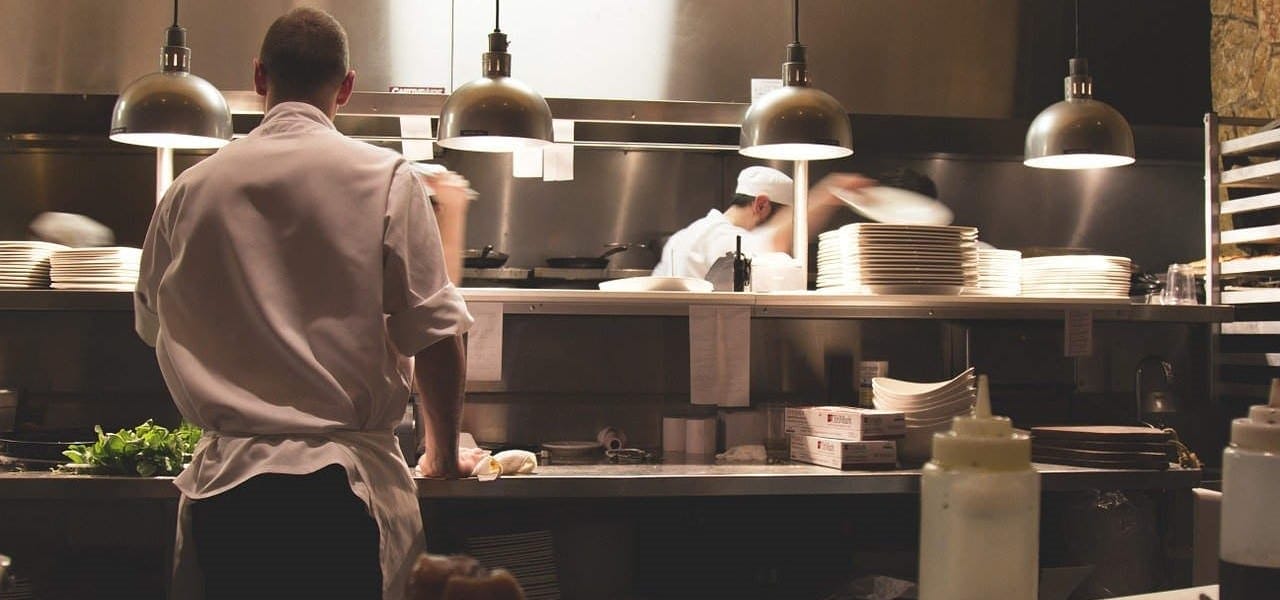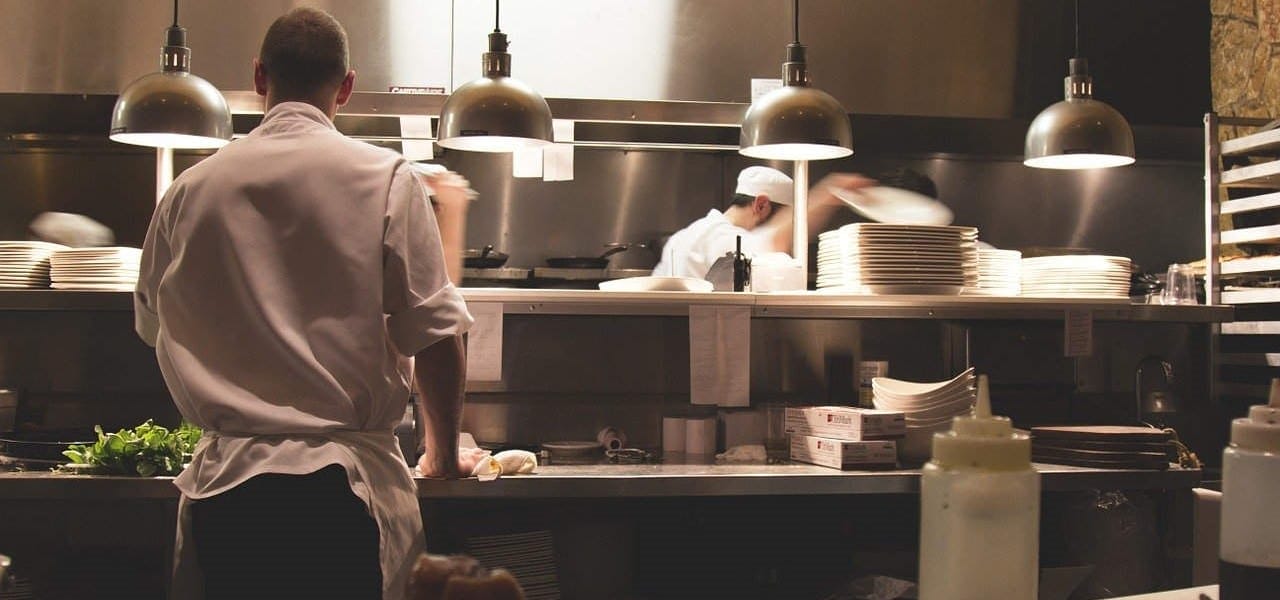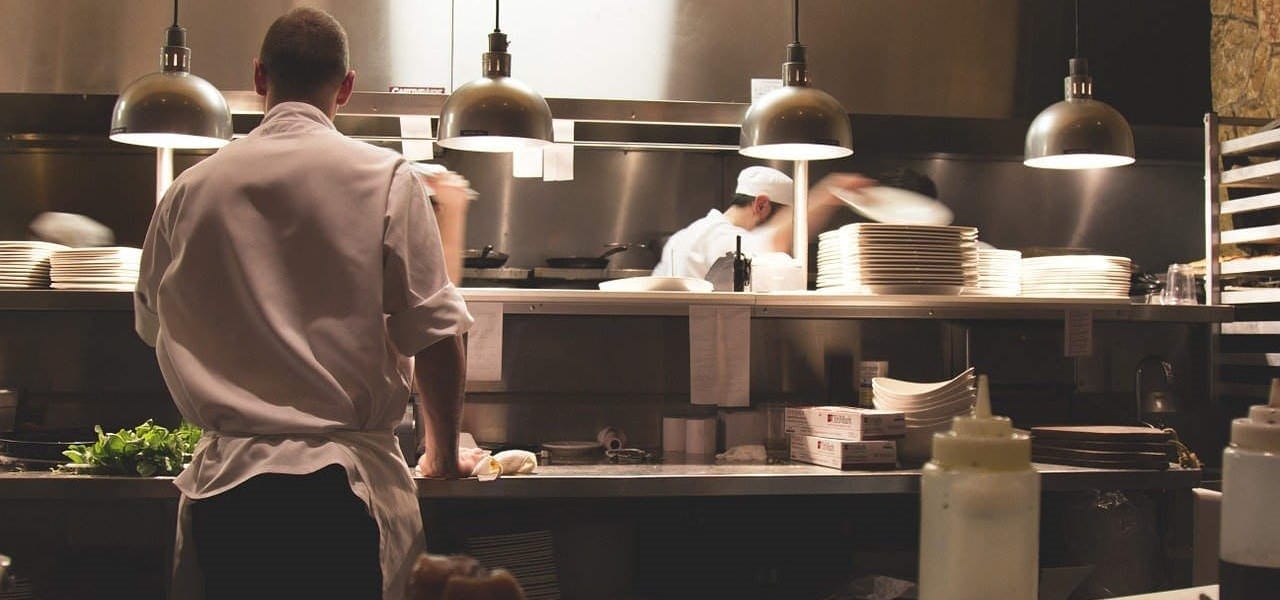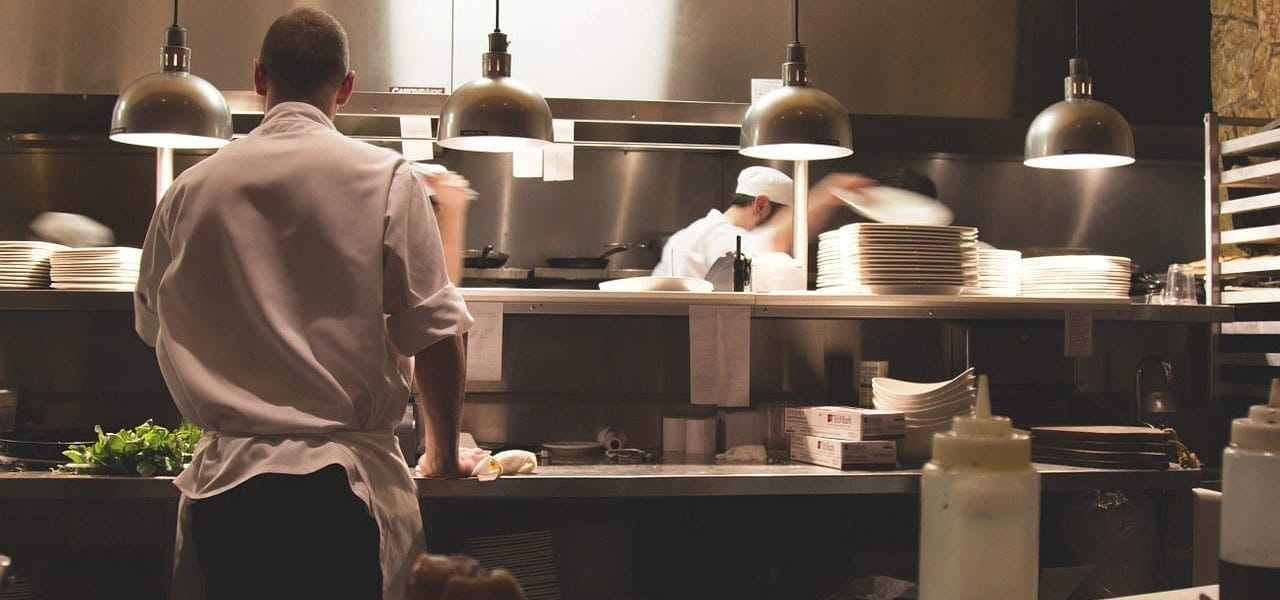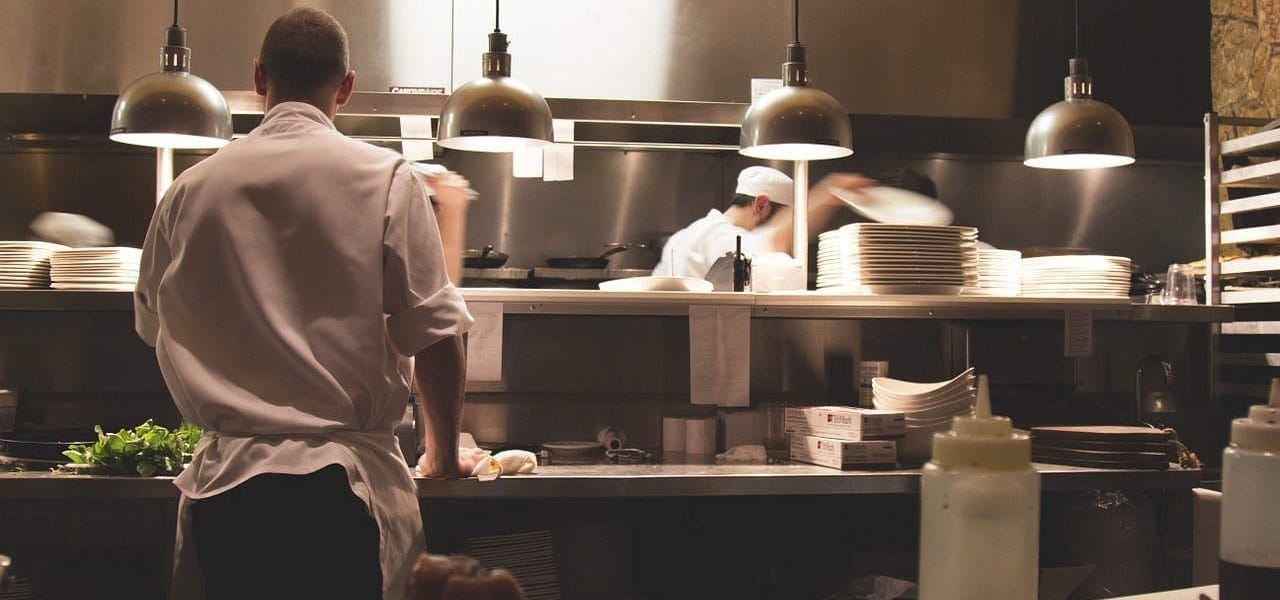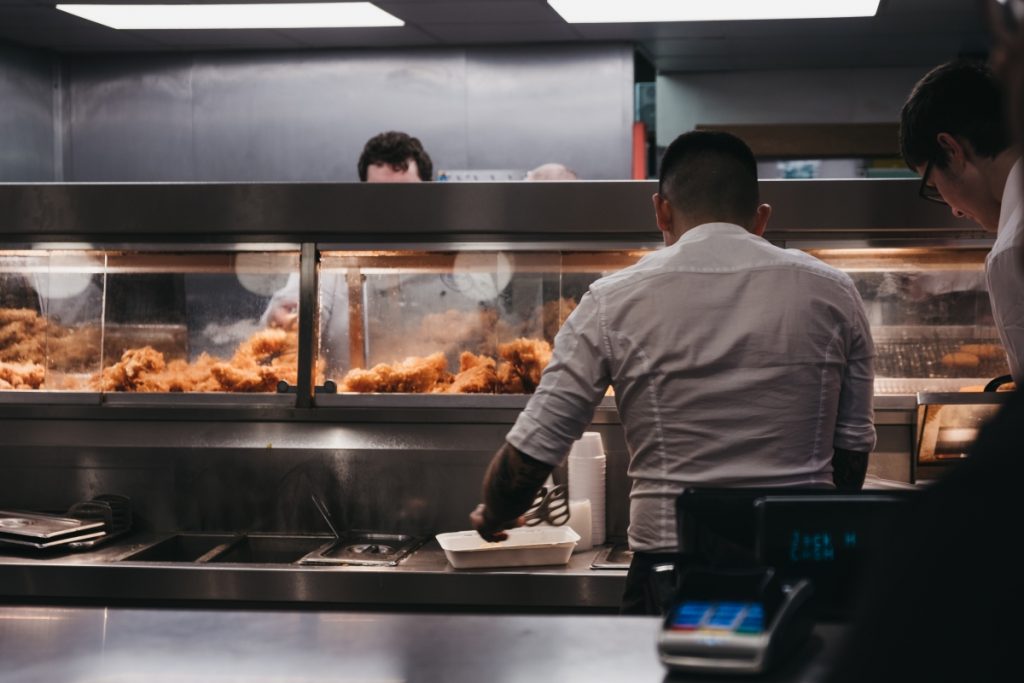Restaurant Outdoor Dining Insurance: Al Fresco Service Protection
The rise of outdoor dining has transformed the restaurant industry, with al fresco service becoming a cornerstone of modern hospitality. From intimate terrace dining to expansive beer gardens, outdoor spaces offer restaurants unique opportunities to expand capacity, enhance customer experience, and create memorable dining atmospheres. However, with these opportunities come distinct risks that require specialized insurance coverage.
Restaurant outdoor dining insurance provides essential protection for establishments operating al fresco services, covering everything from weather-related incidents to customer injuries in outdoor spaces. Understanding these coverage requirements is crucial for restaurant owners looking to protect their business while maximizing the potential of their outdoor dining areas.
The Growth of Outdoor Dining
The outdoor dining sector has experienced unprecedented growth, particularly following the pandemic when restaurants adapted to serve customers in open-air environments. This shift has made outdoor dining a permanent fixture in the hospitality landscape, with many establishments investing significantly in outdoor infrastructure, heating systems, and weather protection.
Modern outdoor dining encompasses various formats, from simple pavement tables to elaborate garden restaurants with full kitchen facilities. Each format presents unique risks and insurance considerations that restaurant owners must address to operate safely and legally.
Understanding Outdoor Dining Risks
Weather-Related Hazards
Outdoor dining operations face constant exposure to weather conditions that can create liability issues. Heavy rain can create slippery surfaces, strong winds can topple umbrellas or furniture, and extreme temperatures can affect both customer comfort and equipment functionality. These weather-related incidents can result in customer injuries, property damage, and business interruption claims.
Structural and Equipment Risks
Outdoor dining areas often feature temporary or semi-permanent structures such as marquees, pergolas, heating systems, and lighting installations. These elements face greater exposure to environmental factors and may be subject to different building regulations than indoor facilities. Equipment failures or structural collapses can result in significant liability claims and property damage.
Increased Liability Exposure
Al fresco dining typically involves increased foot traffic in areas that may have uneven surfaces, steps, or obstacles. The combination of alcohol service, varying light conditions, and outdoor terrain creates heightened slip, trip, and fall risks. Additionally, the proximity to public spaces can increase the likelihood of incidents involving non-customers.
Security and Theft Concerns
Outdoor dining areas are inherently more vulnerable to theft and vandalism due to their accessibility and visibility. Equipment, furniture, and customer belongings may be at greater risk, while the open nature of outdoor spaces can make security monitoring more challenging.
Essential Insurance Coverage for Outdoor Dining
Public Liability Insurance
Public liability insurance forms the foundation of outdoor dining protection, covering claims from customers or members of the public who suffer injury or property damage while on your premises. For outdoor dining operations, this coverage is particularly crucial due to the increased exposure to weather-related incidents and the unique hazards associated with al fresco service.
This insurance covers legal costs and compensation payments for incidents such as customers slipping on wet decking, injuries from falling branches, or accidents involving outdoor heating equipment. The coverage extends to incidents in all areas where customers have access, including pathways, seating areas, and toilet facilities.
Employers' Liability Insurance
Staff working in outdoor dining areas face different risks compared to their indoor counterparts. Exposure to weather conditions, working with outdoor equipment, and navigating potentially hazardous terrain all contribute to increased workplace risks. Employers' liability insurance provides essential protection for claims from employees who suffer injury or illness while working in outdoor dining areas.
This coverage is particularly important for restaurants with extensive outdoor operations where staff regularly work in varying weather conditions and handle specialized outdoor equipment such as patio heaters, umbrellas, and temporary structures.
Property Insurance for Outdoor Assets
Standard property insurance may not adequately cover outdoor dining equipment and structures. Specialized coverage is often required for items such as outdoor furniture, heating systems, sound equipment, and temporary structures like marquees or pergolas. This insurance protects against damage from weather, theft, vandalism, and accidental damage.
The coverage should include replacement costs for specialized outdoor equipment that may be more expensive than standard indoor alternatives. Additionally, seasonal storage and transportation of outdoor equipment should be considered within the policy terms.
Business Interruption Insurance
Outdoor dining operations are particularly vulnerable to business interruption due to weather conditions, seasonal variations, and equipment failures. Business interruption insurance provides crucial protection for lost revenue when outdoor dining areas become unusable due to covered incidents.
This coverage is especially important for restaurants that derive significant revenue from outdoor dining, as weather-related closures or equipment failures can substantially impact profitability. The policy should account for seasonal variations in outdoor dining revenue and the potential for extended closure periods during adverse weather conditions.
Specialized Coverage Considerations
Weather Protection Coverage
Many insurers now offer specialized weather protection coverage for outdoor dining operations. This coverage can include protection against revenue losses due to adverse weather conditions, even when no physical damage occurs. Some policies provide compensation for days when weather conditions prevent outdoor service, helping to offset the financial impact of weather-related closures.
Equipment Breakdown Coverage
Outdoor dining equipment such as heating systems, refrigeration units, and electrical installations face greater exposure to environmental factors. Equipment breakdown coverage provides protection against the costs of repair or replacement when specialized outdoor equipment fails due to mechanical or electrical breakdown.
Seasonal Adjustment Provisions
Many outdoor dining operations experience significant seasonal variations in revenue and risk exposure. Insurance policies should include provisions for seasonal adjustments to coverage limits and premiums, ensuring that protection levels align with actual business operations throughout the year.
Licensing and Regulatory Compliance
Outdoor dining operations often require additional licenses and permits, each carrying specific insurance requirements. Coverage should address the regulatory compliance aspects of outdoor dining, including protection against claims related to licensing violations or regulatory non-compliance.
Risk Management Strategies
Structural Safety Measures
Implementing robust structural safety measures is essential for outdoor dining operations. Regular inspections of temporary structures, proper anchoring of umbrellas and canopies, and maintenance of outdoor flooring surfaces all contribute to risk reduction. These measures not only improve safety but can also positively impact insurance premiums.
Weather Monitoring and Response
Developing comprehensive weather monitoring and response procedures helps minimize weather-related risks. This includes protocols for securing outdoor equipment during adverse weather, procedures for evacuating outdoor areas when necessary, and communication systems for alerting staff and customers to weather-related hazards.
Staff Training and Safety Protocols
Specialized training for staff working in outdoor dining areas is crucial for risk management. This training should cover weather-related safety procedures, proper handling of outdoor equipment, and emergency response protocols specific to outdoor dining operations.
Customer Communication and Safety
Clear communication with customers about outdoor dining risks and safety measures helps reduce liability exposure. This includes appropriate signage about weather conditions, safety instructions for outdoor areas, and procedures for handling weather-related service interruptions.
Regulatory Compliance and Licensing
Planning Permission and Building Regulations
Outdoor dining operations often require planning permission and must comply with building regulations. Insurance coverage should address the risks associated with regulatory compliance, including protection against claims related to unauthorized structures or non-compliance with planning conditions.
Health and Safety Regulations
Outdoor dining areas are subject to health and safety regulations that may differ from indoor requirements. Coverage should include protection against claims related to health and safety violations specific to outdoor dining operations.
Licensing Requirements
Many outdoor dining operations require additional licenses for activities such as alcohol service in outdoor areas, entertainment, or extended operating hours. Insurance policies should address the specific risks associated with these licensing requirements.
Claims Management and Prevention
Incident Documentation
Proper documentation of incidents in outdoor dining areas is crucial for effective claims management. This includes maintaining records of weather conditions, equipment maintenance, and safety inspections. Comprehensive documentation helps support insurance claims and demonstrates due diligence in risk management.
Preventive Maintenance Programs
Implementing preventive maintenance programs for outdoor dining equipment and structures helps reduce the likelihood of claims. Regular inspections, seasonal maintenance schedules, and prompt repairs all contribute to effective risk management and can positively impact insurance costs.
Emergency Response Procedures
Developing and regularly testing emergency response procedures specific to outdoor dining operations ensures effective incident management. This includes procedures for weather-related emergencies, equipment failures, and customer incidents in outdoor areas.
Cost Considerations and Premium Factors
Risk Assessment Factors
Insurance premiums for outdoor dining operations are influenced by various risk factors, including the size and layout of outdoor areas, the type of structures and equipment used, seasonal operating patterns, and the restaurant's claims history. Understanding these factors helps restaurant owners make informed decisions about coverage levels and risk management investments.
Coverage Limits and Deductibles
Selecting appropriate coverage limits and deductibles requires careful consideration of the potential financial impact of outdoor dining incidents. Higher coverage limits provide greater protection but increase premium costs, while higher deductibles can reduce premiums but increase out-of-pocket expenses for claims.
Multi-Policy Discounts
Many insurers offer discounts for restaurants that combine outdoor dining coverage with other commercial insurance policies. Bundling coverage can provide cost savings while ensuring comprehensive protection across all aspects of restaurant operations.
Working with Insurance Professionals
Specialized Expertise
Working with insurance professionals who specialize in hospitality and outdoor dining operations ensures access to appropriate coverage options and expert advice on risk management. These specialists understand the unique challenges of outdoor dining and can provide tailored solutions for specific operational requirements.
Regular Policy Reviews
Outdoor dining operations evolve over time, with changes in equipment, structures, and operating procedures. Regular policy reviews ensure that coverage remains adequate and appropriate for current operations. Annual reviews should assess coverage limits, policy terms, and risk management strategies.
Claims Support
Experienced insurance professionals provide valuable support during the claims process, helping to ensure prompt resolution and fair settlements. This support is particularly important for outdoor dining claims, which may involve complex liability issues and specialized equipment.
Future Considerations
Emerging Risks
The outdoor dining sector continues to evolve, with new technologies, operating models, and customer expectations creating emerging risks. Insurance coverage must adapt to address these evolving challenges while maintaining comprehensive protection for established risks.
Sustainability and Environmental Considerations
Growing focus on sustainability and environmental responsibility is influencing outdoor dining operations. Insurance coverage should consider the risks associated with sustainable practices and environmental compliance requirements.
Technology Integration
Increasing integration of technology in outdoor dining operations, from digital ordering systems to smart heating controls, creates new risks and coverage requirements. Insurance policies must evolve to address these technological developments.
Conclusion
Restaurant outdoor dining insurance represents a specialized but essential component of comprehensive hospitality risk management. The unique challenges of al fresco service require tailored coverage that addresses weather-related risks, increased liability exposure, and specialized equipment protection.
Successful outdoor dining operations require a combination of appropriate insurance coverage, effective risk management strategies, and ongoing professional support. By understanding the specific risks and coverage requirements of outdoor dining, restaurant owners can protect their businesses while maximizing the opportunities presented by al fresco service.
The investment in comprehensive outdoor dining insurance coverage provides peace of mind and financial protection, allowing restaurant owners to focus on creating exceptional outdoor dining experiences for their customers. As the outdoor dining sector continues to grow and evolve, having the right insurance protection becomes increasingly crucial for long-term business success.
For expert guidance on restaurant outdoor dining insurance and comprehensive al fresco service protection, contact Insure24 at 0330 127 2333 or visit www.insure24.co.uk to discuss your specific requirements with our hospitality insurance specialists.


 0330 127 2333
0330 127 2333
